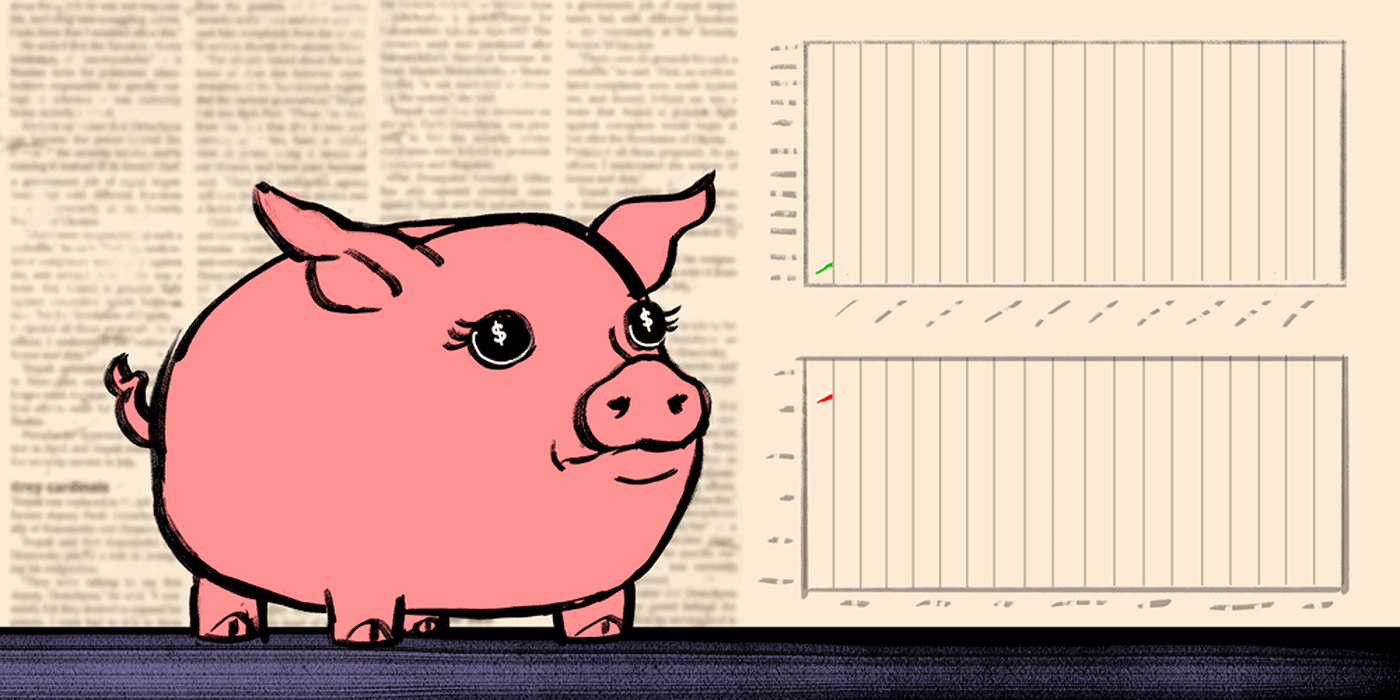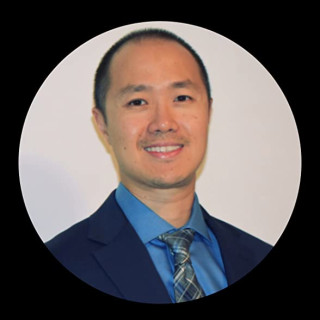This content is provided for informational purposes only and does not constitute financial, tax, legal or other advice. Any strategies discussed should not be undertaken by any individual without prior consultation with an appropriate professional for the purpose of assessing whether such strategies are suitable for their particular situation.
Should physicians invest even when they have student loans?
One of the most common questions I get asked at professional conferences and from my private coaching clients is: “I have so much student debt. How do I and/or when should I start investing given my particular situation?”
Medical students today graduate from school with anywhere from $194,280 to $300,000 in debt. When I graduated from medical school in 2007, one of the very few options available to me was to consolidate your student loans into a single low-interest rate repayment package. It is important to note that deciding which loans to consolidate carries both pros and cons; therefore, careful consideration needs to be taken before consolidating. Indeed, the number of repayment options and forgiveness programs has blossomed over the last 15 years, with the Biden Administration recently putting out further guidelines on student loans.
How Doctors Miss Out On the Power of Compound Interest
One of the greatest ways of achieving financial freedom is through the power of compounding. This concept takes advantage of dollar-cost averaging, always being invested in the markets, building a critical mass, and making your investments work for you in the long run.
On average, it takes more than 20 years for a physician to catch up to their non-physician counterparts who started working immediately after graduation.
While the majority of physicians will make a decent salary upon finishing residency fellowship training and have a decent chance at “job security,” that is a significant opportunity cost in the form of lost income earning potential, economic insecurity, and student debt.
Therefore, physicians should implement a strategy that includes saving and investing in low-cost index funds starting from medical school. The main reason for this would be access, liquidity, and to allow the power of compounding to take effect so they can close the gap between their counterparts much faster.
Looking back at the history of the stock market since 1950, there have been 10 bear markets being defined as downturns of 20% or more, each lasting an average of 388 days, with 33 days (2020) being the shortest, and 929 days (beginning in 2000) being the longest.
Comparing the average compounded return of equities of 8-10% per year with current interest rates on student loans, investing while paying off your loans will produce greater returns over the long term. Moreover, investing during bear markets and recessions are the best times to capture market share at a significant discount. I implemented these strategies throughout the years, doubling down in 2001, 2008, 2020, and 2022.
Economic Insecurity Is the Norm. Financial Insecurity Shouldn't Be
We have witnessed huge economic downturns, particularly in 2001, 2008, 2020, and 2022. Energy, food, health care, housing, taxes, and education costs are skyrocketing in the U.S., while wages remain stagnant.
Economic crises are becoming more prevalent, frequent, pervasive, and severe. The wealth gap is widening.
At the pinnacle, we experienced the devastating effects of COVID-19, the rise of global competition from China, India, and Russia, record-high inflation, excessive debt, shifting demographics, disruptive technology, geopolitical tensions, and changing cultural and social values.
There is a convergence of trends that will precipitate a massive collapse as the result of an inherently unstable infrastructure if we don’t do anything about it. Economic uncertainty is now the new normal. Financial insecurity, however, does not have to be.
Takeaways
We must remain vigilant about changing trends on the political, social, cultural, economic, geopolitical, and technological fronts, and position ourselves to take advantage of opportunities — or at the very least, learn how to mitigate the inherent risks that come with such disruptive trends.
Since future generations can no longer rely on Social Security, pensions, the government, or job security that our Industrial Age parents’ generation relied upon, financial literacy and education are now musts.
Regardless of one’s industry and occupation, everyone needs to be financially literate in order to survive in today’s economy. The modern educational system has not caught up with the times, and therefore it is imperative that we take personal responsibility for becoming financially literate ourselves.
Given the looming student loan crisis, the amount of time it takes to complete training, and frequent financial crises, physicians should implement a sound saving and investing strategy, even while paying down their student loans. Physicians should ideally start while in medical school to combat financial insecurity after their training.
Christopher H. Loo, MD-PhD, is a physician who became financially free at the age of 29 and retired early at the age of 38 as a result of making strategic investments after the 2008 financial crisis. He is a graduate of the MD-PhD program, offered jointly through the Baylor College of Medicine and Department of Bioengineering at Rice University, and is the Founder and CEO of Financial Freedom for Physicians. He can be followed on Twitter @drchrisloomdphd, Instagram @thereal_drchrisloo, and LinkedIn.
Animation by Jennifer Bogartz







